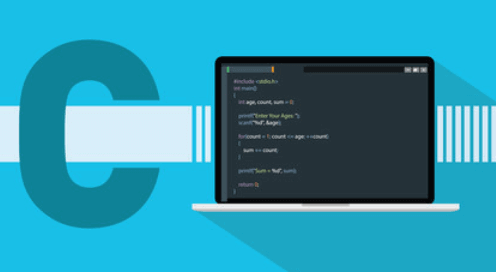Question
a.
Keystream should be truly as random as possible
b.
Encryption sequence should have a large value
c.
Output of the PRNG (the key) should be sufficiently large
d.
All of the mentioned are valid points that should be considered while designing stream cipher blocks
Engage with the Community - Add Your Comment
Confused About the Answer? Ask for Details Here.
Know the Explanation? Add it Here.
Q. Which of the following is not a valid design parameter to be considered in designing stream ciphers?
Similar Questions
Discover Related MCQs
Q. Which mode is recommend for the NIST SP 800-90 Random number generator?
View solution
Q. ANSI X9.17 uses which cryptographic algorithm?
View solution
Q. Pretty Good Privacy(PGP) uses which PRNG?
View solution
Q. Which of the following statements are true?
i) Stream Ciphers are fasters than Block Ciphers
ii) Block Ciphers can reuse keys
iii) Block ciphers use lesser code than stream ciphers
View solution
Q. Which of the following statements are true?
i) RC4 is used in SSL/TLS
ii) File transfer, e-mail use stream ciphers
iii) Browser/Web Links use stream ciphers
View solution
Q. Which of the following statements are true?
i) PRNGs are slower than TRNGs
ii) PRNGs are periodic
iii) TRNGs are nondeterministic
View solution
Q. Deskewing is a method to modify bit stream to reduce bais that has been developed.
View solution
Q. Intel digital random number generator uses which among the following methods to generate random bits?
View solution
Q. Which of the following AES modes is used in the Intel DRNG?
i) AES CFB
ii) AES CTR
iii) AES CBC
iv) AEC OFB
View solution
Q. The number of transistors used in the INTEL DRNG
View solution
Q. What is the maximum size of the key in blowfish algorithm?
View solution
Q. Blowfish encrypts blocks of plaintext which have size
View solution
Q. The blowfish algorithm can be implemented on 16 bit processors.
View solution
Q. What is the minimum size of the key in blowfish algorithm?
View solution
Q. The blowfish algorithm’s key expansion converts a key of at most 448 bits into several subkey arrays totaling ___________ bytes.
View solution
Q. Blowfish algorithm uses the Feistel Structure.
View solution
Q. XOR and addition operations take place on bytes of size
View solution
Q. How many S-boxes are present in the blowfish algorithm?
View solution
Q. How many entries are present in each of the S-boxes present in the blowfish algorithm?
View solution
Q. In blowfish, the keys are stored in the form of an array ranging from K1, K2 to Ki. What is the value of i?
View solution
Suggested Topics
Are you eager to expand your knowledge beyond Cryptography and Network Security? We've curated a selection of related categories that you might find intriguing.
Click on the categories below to discover a wealth of MCQs and enrich your understanding of Computer Science. Happy exploring!

.png)






